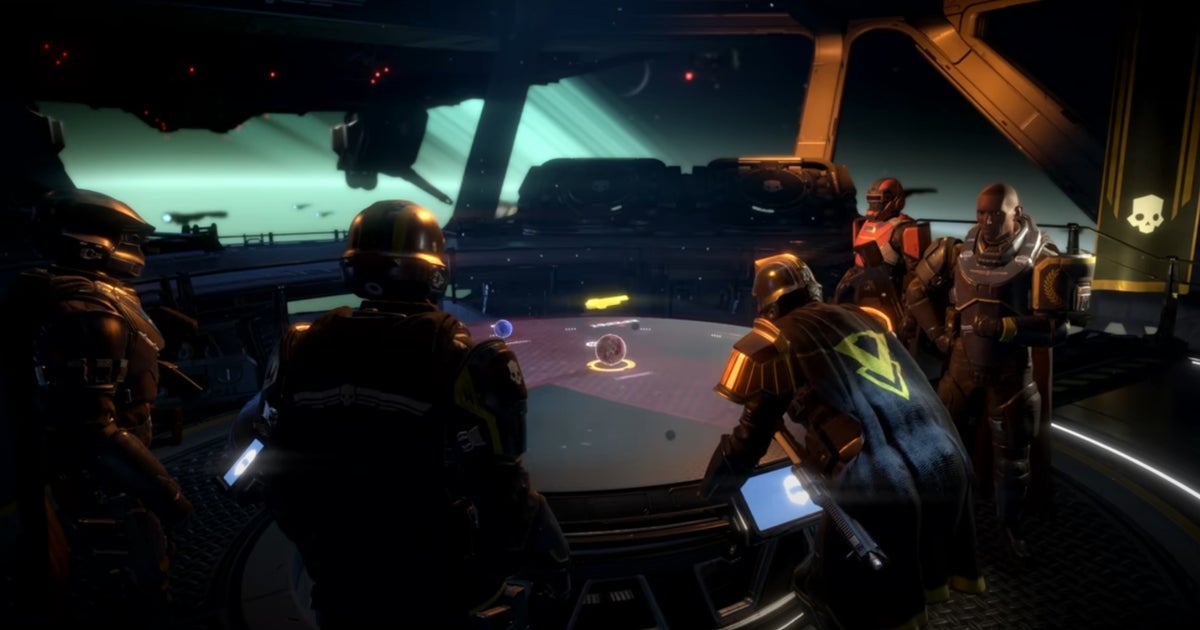Looking at the notable video essays of the year, many grapple with core themes of contemporary media itself. There are sections of video viewing tools, exposés on how companies restrict access, contrasts between tropes and reality, and in-depth examinations of trends in plagiarism and/or fabrication. As the essay landscape refines, it seems to look both inward and outward.
About making this list: I’ve been trying to stay up to date on video essays for a while, and have made lists and/or voted in polls on the best videos every year since 2018. During this time, creating summaries like this has become exponentially more difficult. As YouTube has evolved into a mega-corporation housing powerful YouTubers (part of the broader trend of social media video sites becoming the new primary forum for cultural influence), I’ve seen essayists I once considered niche, Follower numbers in the world accumulate millions. It was surreal. For this year’s list, I tried to add some variety by keeping the number of essayists who appeared in previous editions to a minimum, along with the usual considerations of including diverse backgrounds and video styles of the creators. Again, the videos are simply presented in order of their release date.
[Also, I’m going to preface this with a mega mea culpa: It was absolute malpractice of me to not include Platformer Toolkit by Game Maker’s Toolkit in the best video essays of 2022 list. I don’t have a good excuse, either; I just straight up missed the essay at the time it came out, and then overlooked it during my catch-up phase at the end of the year. But an essay about game design that instructs you on its ideas by letting you actively engage with them through interactivity feels like a breakthrough in the form.]
Viewing practices by Johannes Binotto
Johannes Binotto is a Swiss researcher and lecturer who has been expanding his “Practices of Viewing” series for several years, and every part before the 2023 videos, “Ending” and “Description,” is worth a look. In each essay, Binotto examines a specific element of the media viewing interface and how it affects the audience’s interaction with it. Some topics, like fast-forwarding, pausing, or muting, seem like obvious touchstones, while others, like sleep, are more aloof approaches to the conversation.
A History of the World According to Getty Images by Richard Misek
The film technically debuted last year and made the rounds at film festivals, but was made available online last spring, so I’m including it here. A History of the World According to Getty Images is a great example of a work that embeds its own ethos into its construction. Misek, another scholar, studies how for-profit companies (particularly Getty Images) convey information that is supposed to be available to everyone. In practice, much of the imagery that is technically in the public domain is only accessible in reasonable quality by paying an archive like Getty. Misek gets around this by paying the fee for the use of selected recordings in this essay and then making this essay itself available for anyone to quote and excerpt, thus presenting these recordings to the world in reality.
The Faces of Black Conservatism by FD Signifier
I feel that video essays, in which the author primarily speaks directly to the camera, defy the definition of the term – in my opinion, the best cinematic and argumentative potential of this form lies in the power of editing. FD Signifier’s contrast between fictional portrayals of black conservatives and the reality as they appear in the media is what sets him apart in the genre: not only the depth of his thought (although it is considerable), but also the playful way he with which he presents the objects of his discussion. The running gag here, where he films himself holding hair styling tools over various people’s heads on his screen, made me laugh harder with each appearance.
Games That Don’t Fake Space by Jacob Geller/Why We Can’t Stop Mapping Elden Ring by Ren or Raven
I don’t think this is the best essay Jacob Geller has published this year (nor would it be). “Games that aren’t games” or “How can we bear to throw anything away?”), but it fits so incredibly well with Renata Price’s essay (an impressive video debut that draws on her experience as a games critic) that presenting it as a double feature seemed more appropriate. Both videos are astute examinations of the way video games evoke physical space. Geller highlights the shortcuts and tricks games often use with examples that, as the title suggests, not Use such devices as Price analyzes the impulses underlying what might be called the “cartographic instinct” in open-world games.
Why do brands keep taking these crazy influencer trips? by Mina Le
It’s encouraging to see that Le has become more confident in mixing media in her fashion and film/television videos in recent years. You may remember the controversy surrounding the topic Shein grants influencers a limited stay in a clothing factory
Cynical Feelings About Barbie by Broey Deschanel / The Plastic Feminism of Barbie by Verilybitchie
I do not present these two videos as a contrarian attack Barbie (a film I enjoyed), but to highlight the important role of thoughtful critical voices that differ from the prevailing opinion. Both Maia Wyman and Verity Ritchie tackle the issues with a heavily corporate product that attempts to capitalize on feminist sentiments. Ritchie emphasizes the history of the Barbie brand and how the film fits into it, while Wyman delves more into the details of the film’s plot. Together, these videos do a good job of explaining by legendary critic Amy Taubin Barbie reaction: “It’s about a damn thing Doll!’”
TikTok Gave Me Autism: The Politics of Self-Diagnosis by Alexander Avila
There is a lot of debate on social media about who can claim the label “autistic” and who can’t – and should or shouldn’t. As someone who has struggled with both the logistics and appropriateness of figuring out whether I’m on the spectrum, this video hit me hard. There are parts that seem to delve so deeply into philosophical questions that they threaten to obscure rather than explain the topic, but the essay as a whole is undeniably compelling. Avila’s own admitted involvement in the question of self-diagnosis is impressive in itself. This is the most deeply personal video on this list, combining self-exploration with in-depth research.
Chaste/Unchaste by Maryam Tafakory
This year’s shortest post is a deceptively simple questioning of the concept of “chastity” as defined by Iranian censorship standards. Takafory is a veteran of the academic essay scene and I welcome the opportunity to share her work with a broader audience. The video’s text is minimal and the visuals are simply a montage of clips from Iranian films, but the implicit question of appropriateness engages the viewer with every cut.
Journey to Epcot Center: A Symphonic Tale of Defunctland
This is the most boundary-pushing essay on this year’s list. There is a complete lack of commentary, instead focusing on visuals and reenactments to tell the story of how Disney’s Epcot park went from concept to realization over the decades. Kevin Perjurer also provides a series of detailed notes that are intended to be read while watching the video, further demanding the viewer’s full attention. This is a direct recognition of how we use the Internet, the window experience of browsing and watching videos. I don’t think everything works; While many of the re-enactments are impressively professional, they seem a bit unnecessary. But I would prefer a creator to make big swings that result in a few mistakes rather than playing it safe, and I hope that both Perjurer and others continue to experiment in this way.
Plagiarism and You(Tube) by Hbomberguy
Harry Brewis is so popular that he doesn’t need a boost, but even in the very short time since this video was posted at the time of writing, Plagiarism and you (Tube) has had a seismic impact on the YouTuber scene. Does it have to be almost four hours long? Maybe not. Nonetheless, the sheer volume of evidence assembled to support various accusations of plagiarism appears to be crucial. The article’s protagonist, James Somerton, was kept under wraps (and has been since then) because of the fairly extensive evidence presented against him. tried to apologize). I see Conversations thrive around the widespread problem of online plagiarism and what can be done about it, and a wave of creators recognizing and holding accountable others who have accepted their work without attribution. There’s a deeper problem here: the growth of YouTube entertainment brings with it a truly massive mountain of crap content that still attracts views (and therefore money).
On the subject of low quality standards on YouTube, beyond plagiarism, the latest contribution from Todd in the Shadows exhaustive effort to fact-check various false claims Somerton has made in his work is a useful addition to this video.
Table of Contents








